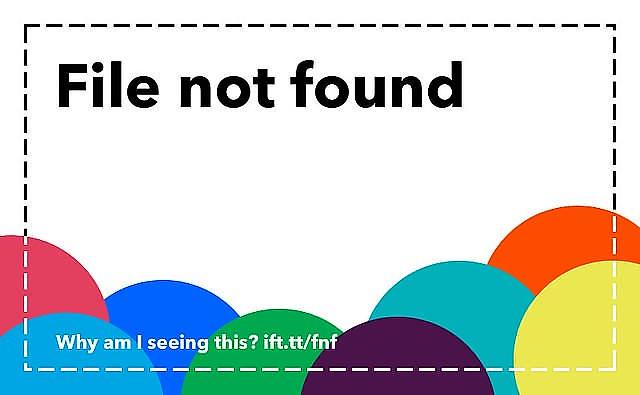In the quest for effective fat loss, understanding not just what you eat, but when you eat, can be a game-changer. Nutrient timing is a strategic approach that aligns your food intake with your body’s natural rhythms and energy demands, optimizing fat loss while maintaining muscle mass and enhancing overall health. In this article, we delve into the best nutrient timing strategies that can support your fat loss goals. Whether you’re a seasoned athlete or just starting your fitness journey, these evidence-based techniques will empower you to make informed decisions about your diet, ensuring that your efforts in the kitchen and the gym are maximized. Get ready to unlock the secrets of nutrient timing and transform your approach to weight loss with confidence and precision.
Master the Art of Nutrient Timing to Enhance Fat Loss
Unlock the potential of your body’s natural rhythms by strategically timing your nutrient intake. By aligning your meals and snacks with your daily energy needs, you can maximize fat loss while maintaining muscle mass. Consider these strategies:
- Pre-Workout Nutrition: Fuel your body with a balanced mix of protein and carbohydrates about 30-60 minutes before exercising. This can help optimize performance and ensure you have the energy to power through your workouts.
- Post-Workout Recovery: Within 30 minutes post-exercise, consume a meal or snack rich in protein and carbs. This helps replenish glycogen stores and supports muscle repair, which is crucial for maintaining a high metabolic rate.
- Meal Frequency: Instead of traditional three large meals, consider eating smaller, more frequent meals. This can help keep your metabolism active throughout the day and prevent overeating during meal times.
- Evening Nutrition: Opt for lighter meals in the evening with a focus on protein and fiber-rich foods to aid digestion and minimize fat storage overnight.
By following these nutrient timing strategies, you can enhance your body’s ability to burn fat efficiently, leading you closer to your fitness goals with every bite.

Optimize Your Meal Schedule for Maximum Fat-Burning Potential
To effectively harness the power of nutrient timing for fat loss, consider structuring your meals around specific time windows that align with your body’s natural rhythms. The key is to consume the right nutrients at the right times to boost metabolism and enhance fat-burning efficiency. Here are some strategies to consider:
- Prioritize Protein in the Morning: Start your day with a protein-rich breakfast to kickstart your metabolism and help control appetite throughout the day. Opt for sources like eggs, Greek yogurt, or protein smoothies.
- Carb Backloading: Save most of your carbohydrates for the evening meal. This approach can enhance insulin sensitivity and promote fat utilization during the day, while the evening carbs can aid in recovery and muscle repair.
- Pre-Workout Fueling: Consume a small meal or snack that combines protein and carbs about 30-60 minutes before exercising. This fuels your workout and helps to preserve muscle mass while burning fat.
- Intermittent Fasting: Implement time-restricted eating by condensing your meals into an 8-10 hour window each day. This method can improve metabolic health and promote fat loss while preserving lean muscle.
Harness the Power of Macronutrient Timing for Effective Weight Loss
Understanding when to consume your macronutrients—proteins, fats, and carbohydrates—can significantly amplify your weight loss efforts. Strategically timing your nutrient intake not only fuels your body effectively but also helps in optimizing metabolism and energy levels. One key strategy is to focus on consuming carbohydrates around your workout sessions. This ensures that your body has sufficient energy for exercise and can aid in muscle recovery afterward. On non-workout days, consider reducing carb intake, especially in the evening, to prevent excess storage as fat.
Protein is your weight loss ally, and consuming it throughout the day can help maintain muscle mass while you shed fat. Aim to include a source of protein in every meal to keep you feeling full and to support muscle repair. Fats should not be overlooked either; they are essential for hormone production and overall health. Incorporate healthy fats such as avocados, nuts, and olive oil, particularly during meals that are lower in carbohydrates. This balanced approach ensures that you remain satiated and energetic while working towards your fat loss goals.
- Pre-Workout: Focus on complex carbohydrates and lean proteins.
- Post-Workout: Prioritize protein and some fast-digesting carbs.
- Breakfast: High protein with moderate fats to kickstart metabolism.
- Dinner: Emphasize proteins and healthy fats, minimize carbs.
Implement Strategic Eating Windows to Accelerate Fat Reduction
To maximize fat reduction, consider adopting specific eating windows that align with your body’s natural rhythms. By strategically scheduling your meals, you can harness the power of nutrient timing to enhance metabolic efficiency. Here are some effective strategies:
- Intermittent Fasting: This approach involves cycling between periods of eating and fasting. Popular methods include the 16/8 method, where you fast for 16 hours and eat during an 8-hour window, and the 5:2 diet, which involves normal eating for five days and significantly reducing calories for two non-consecutive days.
- Early Time-Restricted Feeding (eTRF): Focus on consuming all your meals earlier in the day, such as between 7 AM and 3 PM. This method aligns with your circadian rhythm, potentially improving insulin sensitivity and supporting fat loss.
- Carb Backloading: Limit carbohydrate intake during the day and consume most of your carbs in the evening. This strategy can help manage insulin levels throughout the day while still providing the energy needed for evening workouts.
Implementing these strategies requires discipline, but they can be powerful tools for enhancing your fat loss journey. Remember, consistency is key to achieving your desired results.
